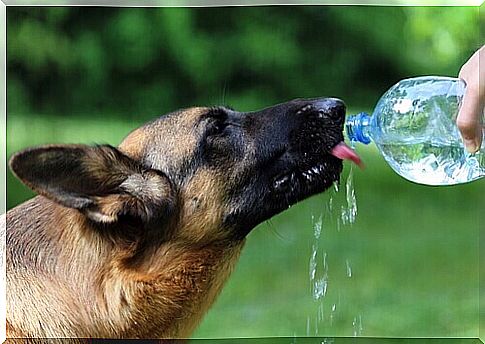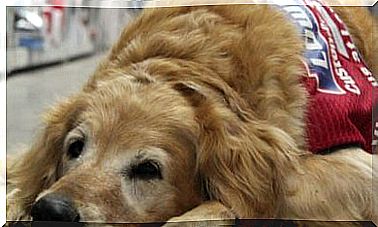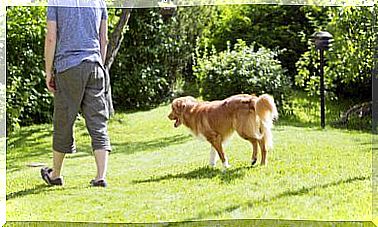How To Prevent Heat Stroke In Dogs And Cats?

Through the media we have seen and heard many times that some animals that were locked or forgotten in vehicles had serious problems, even dying. Let’s know the risks of heat stroke in dogs and cats.
Experts say that prolonged exposure in very hot spaces can be very harmful to our pets and cause heat stroke in dogs and cats.
It is important to know that as we enter hot seasons, heat stroke becomes a very common phenomenon in pets, especially. Every summer, veterinary clinics receive animals that are about to die from this problem.
Among all breeds of dogs and cats, furry animals are more likely to suffer heat stroke and need greater care from their owners.
How does heatstroke occur in dogs and cats?

The term that is most used to define the rise in body temperature in our pets is “hyperthermia”. If a dog is exposed to high ambient temperatures, exhaustion and heat stroke can lead to hyperthermia.
Owners of these pets should know that they do not sweat through their skin, as humans do, and so it is very difficult for them to release the accumulated heat.
The sweating of our pets
Their natural way of sweating and eliminating heat is through the pads of their paws and their labored breathing. But in summer this may not be enough. When heat is not effectively eliminated, the dog’s internal body temperature will begin to rise and our pet’s usual body mechanisms will not be able to keep the temperature at safe levels.
For a first home care, if this heat stroke is moderate and the animal’s body temperature does not exceed 40 °C or 41 °C (remember that the normal for them is 37-38 °C), it will be able to recover with first aid and a quick attention in a veterinary clinic.
In the most extreme cases, when the internal temperature of the dog or cat has risen above 41°C, veterinary assistance must be urgent, or heatstroke in dogs and cats could be fatal.
Obvious signs of heat stroke in dogs and cats
If we have a dog or cat at home that has been exposed to high temperatures for a long time, we must be aware of two fundamental factors. The first is that there aren’t many signs of heat stroke in our pets, meaning that it’s not easy to realize what’s happening until it’s too late.
Secondly, it is necessary to know the time available to prevent the damage from being very serious, once heatstroke occurs, time is very short. Even if the result is the worst of all, which could lead to the death of our pet, we won’t have much time.
Some obvious signs
Among the main signs that can serve to alert us to the possibility that our friend is suffering from heatstroke are gasping, distressing and rapid breathing, a bright red tongue, sticky saliva, depression, weakness, nausea, vomiting where there may be blood, weakness, diarrhea and digestive problems. The last stage of the process would be the coma.
first aid

Once the first signs of heat stroke appear, we must remove the animal from the heat area immediately. While we urgently take you to the vet, we will try to lower your body temperature by soaking you with cold water. In case they are puppies, it is better to use water that is not too cold.
It also works, if we can, to increase the air movement around the animal with the use of a fan. The return of our friend’s normal temperature must be progressive, that is, it is not at all convenient for it to drop suddenly, for example, with very cold water.
The control of the body temperature of our pet can be done by measuring, if we have the means for it, the rectal temperature every five minutes.
Once the worst seems to be over, and even though the animal seems to have recovered, we will take it to a clinic for the professional to determine if there has been dehydration, oxygen will be given, blood tests will be done, etc. Among other things, we will thus discard larger and more serious problems.









